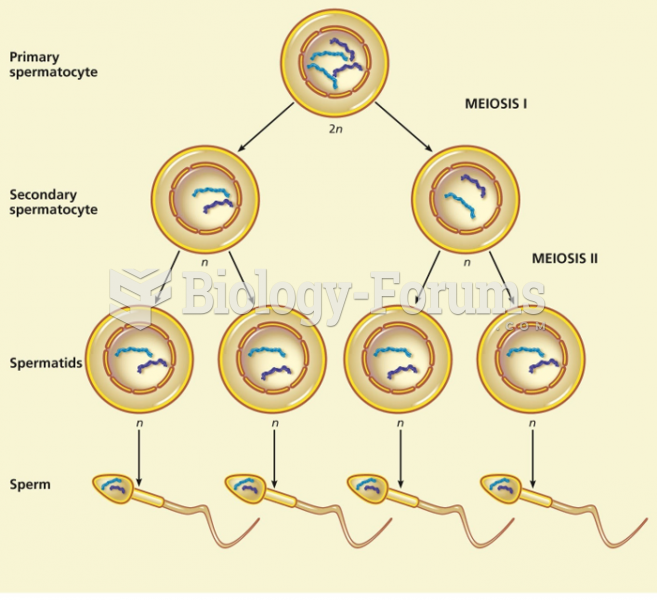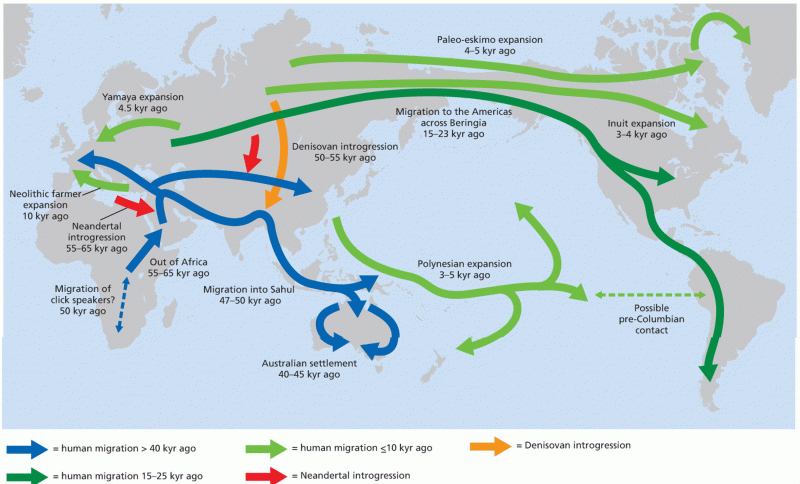|
|
|
It is difficult to obtain enough calcium without consuming milk or other dairy foods.
Warfarin was developed as a consequence of the study of a strange bleeding disorder that suddenly occurred in cattle on the northern prairies of the United States in the early 1900s.
In 1844, Charles Goodyear obtained the first patent for a rubber condom.
Most strokes are caused when blood clots move to a blood vessel in the brain and block blood flow to that area. Thrombolytic therapy can be used to dissolve the clot quickly. If given within 3 hours of the first stroke symptoms, this therapy can help limit stroke damage and disability.
The lipid bilayer is made of phospholipids. They are arranged in a double layer because one of their ends is attracted to water while the other is repelled by water.
 Although Neandertal brain sizes fall well within the modern human range, their EQ is lower than mode
Although Neandertal brain sizes fall well within the modern human range, their EQ is lower than mode
 Unlike this beautiful ant, we humans are not controlled by instincts. Sociobiologists, though, are ...
Unlike this beautiful ant, we humans are not controlled by instincts. Sociobiologists, though, are ...





